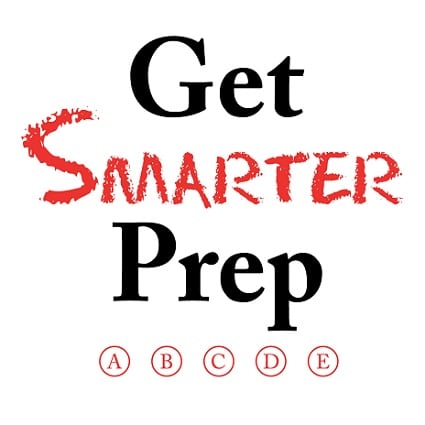The ‘Perfect’ College Essay
You’ve probably heard or read about Delaware high school senior Brittany Stinson’s much-lauded Costco-themed college admissions essay. Stinson was admitted to Yale, Columbia, Penn, Dartmouth, Cornell, and Stanford, among other schools. That impressive list of acceptances and her unique and clever essay have combined to form some tantalizing headlines:
This Essay Got a High School Senior into 5 Ivy League Schools and Stanford
Essay about Love for Costco Wins Student Admission to Five Ivies
An Essay about Costco Hot Dogs Got This Girl into 5 Ivy League Schools
Poetic Costco College Admissions Essay Gets Student into Stanford, Yale, Columbia and Cornell
With little mention of Stinson’s other qualifications, at first glance it seems the essay was her golden ticket. The magical essay that gets you into any school you choose? It’s a tempting vision. It’s also unrealistic.
In a Business Insider article titled “Ex-Ivy League admissions officers dissect an essay that got a girl into 5 Ivies and Stanford,” the author notes that the ex-admissions officers in question “prefaced their remarks by clarifying that an admissions essay on its own cannot achieve an acceptance into an elite school, and that stellar academics and other extracurriculars must accompany an essay.” [emphasis added] That clarification, however, doesn’t stand out next to the plethora of headlines claiming the essay’s singular power in winning acceptances.
The mythic power of the Ideal Essay is compelling and terrifying at once. It entices applicants with possibilities and frightens them with the dark specter of the fate of students whose less-than-Nobel-winning essays ruined everything, forever.
William K. Poirot writes about this phenomenon in his introduction to 100 Successful College Application Essays:
“I know of college studies in which 3 percent of the essays helped the applicant, 2 percent hurt the applicant, and the other 95%, while perfectly respectable, had no effect whatever on the admissions decision. Yet I have seen even good writers crippled by the pressure they put on themselves to write a great essay, one that will get them admitted…. Don’t set out to write the perfect essay, the one with a huge impact, the one that will blow the doors to the college open to you. It just doesn’t happen very often. It is largely a fantasy….”
Writing can be powerful, and the shimmering vision of the Ideal Essay is understandably appealing. An essay on its own won’t get you admitted to your top choice school. The purpose of an essay is to provide some personality to illustrate otherwise lifeless lists of accomplishments – grades, scores, awards, service hours. Stinson did a lot of things right in her essay. She used strong verbs and clear descriptions. She began with a compelling first sentence. She links her story about Costco to the story she’s telling about herself and the kind of person she is. These are all important elements.
But even her essay isn’t perfect. No one’s is. (One of those ex-admissions officers said of Stinson’s essay, “I don’t think this is one of the best essays I’ve seen… [T]here was an opportunity missed here to tell us much more about herself…I can only assume that the rest of her application is truly stellar….”) The evaluation of the essay is subjective, so what seems outstanding to one admissions officer may seem less stellar to another. That’s all the more reason to tailor the essay to the person it should reflect – you.
Stinson shared one piece of advice that is a good takeaway for anyone thinking about college essays. “Before I even started writing an essay, I read a quote from an admissions officer that said if your essay is on the ground and there is no name on it and one of your friends picks it up, they should know that you wrote it.” Does that mean you’ll get into Stanford? No, but it does help ensure that your essay will do its job, which is to give the admissions reps a peek at the person behind the application.
Interested in developing your ‘perfect’ College Essay?


